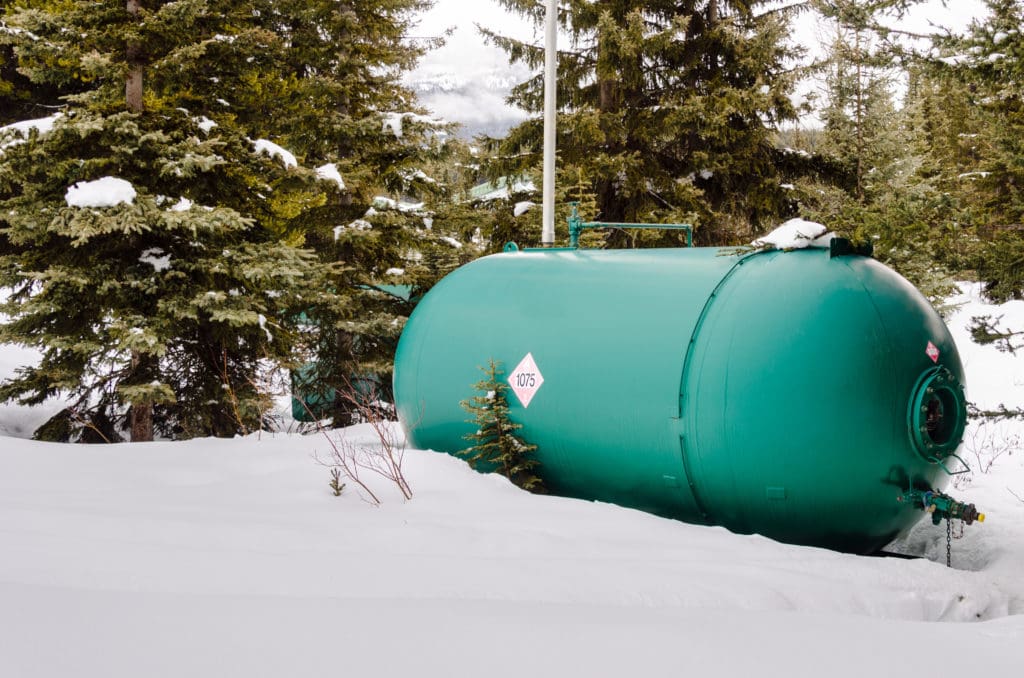
What Are The Safety Precautions When Handling Propane: 18 Tips for Transporting, Using, and Storing
Introduction to Propane Safety
Propane is a widely used fuel source for various applications, including space heating, cooking, and powering propane gas BBQ grills. To ensure safe usage, it’s essential to follow propane safety tips and guidelines, especially when handling propane tanks and propane appliances. Proper storage and handling of propane equipment, such as propane cylinders and portable propane tanks, are crucial for preventing accidents and reducing the risk of propane leaks. Understanding propane safety is vital for homeowners, as it can help prevent serious safety hazards, including fire or explosion, and reduce the risk of carbon monoxide poisoning. A qualified propane service technician or retailer can provide valuable guidance on propane safety and help homeowners maintain their propane system and appliances.
18 Propane Safety Tips To Take When Transporting, Using And Storing Propane
From home furnaces to warehouse forklifts – propane is the product that powers our lives, and during winter, the consumption of propane increases exponentially in both industrial and residential sectors, leading to price hikes and supply shortages.
January is a month when propane is an irreplaceable commodity. It keeps factories in operation and our homes warm and cozy, but it is also an extremely flammable material with explosive force in pressurized form. Maintaining a consistent propane supply is crucial to avoid serious safety hazards such as gas leaks, fires, or explosions.
At , the nation’s one-stop shop for propane transportation trucks, we try to raise awareness about proper handling and storage of propane during winter, and we’re simplifying OSHA (Occupational Safety And Health Administration) and CGA (Compressed Gas Association) regulations here in 18 easy-to-understand tips that will help you be responsible and safe when you’re around this flammable, hydrocarbon gas fuel. It is important to monitor the propane level to prevent the dangers associated with a propane tank running out of gas, such as fire or explosion risks.
TRANSPORTING PROPANE
Propane Tanks Transportation Equipment
Propane is a gas at standard temperature and pressure, but for transportation purposes, it is compressed to a liquid.
On a commercial scale, these types of equipment transport and distribute propane:
Road Tanker: Used for direct deliveries to high volume consumers, like petrol stations and large industrial users.
Ship: Large tankers called Gas Carriers or VLGCs (Very Large Gas Carriers).
Intermodal ISO Tank Container: LPG storage vessels mounted within an ISO standardized framework.
Rail: Tanker rail cars used to move large quantities of LPG in bulk.
Pipeline Transport: LPG pipelines running between gas fields and storage terminals.
Bobtail Tanker: For local bulk deliveries to end-users. It is important to safely turn off the gas supply valve on propane tanks during transportation by turning it to the right to ensure safety.
Reticulated Gas System: Central storage tanks supplying propane to a community via pipes, with each household equipped with a meter, which is similar to natural gas meters.
Cylinder Truck Delivery: Supplying gas bottles on an exchange basis via trucks to low-volume users.
Transportation Logistics and Safety
Commercial transportation logistics are naturally handled by trained and certified personnel, but what about transportation safety when people are personally bringing propane into their homes?
It’s crucial to understand the critical role of the appliance valve in maintaining safety when using propane systems. Leaving an appliance valve open after running out of gas can lead to hazardous situations, such as leaks occurring during a system recharge, which could result in dangerous conditions like fire or explosion.
Propane cylinders are built to withstand a lot of external pressure during the transportation process, but accidents still happen, which is why certain precautions have to be taken when moving a cylinder around.
- Propane cylinders should always be in an upright position and strapped down during transportation. It should not roll around or bang against other objects.
- The valves must be closed, even if you think the cylinder is empty.
- Make sure there is sufficient ventilation during the transportation process, and don’t leave them lying around in a closed vehicle.
- Try to keep cylinders cool, and do not smoke near them.
- While unloading propane, transportation trucks should not park on busy streets, and they must stay at least 5 feet away from storage containers with the shut-off valves easily accessible.
Additionally, it’s important to monitor gas lines and maintain safe practices when dealing with propane supplies. Leaving a gas line open when the gas supply runs out can lead to hazardous situations, such as leaks and potential fire or explosion risks. Regular safety checks and the installation of gas detectors can enhance the safety of propane systems.
Detecting and Responding to Leaks
A propane leak can be detected by a smell like rotten eggs or skunk spray, which is added to the propane gas to help identify leaks. If you smell gas, it’s essential to take immediate action and follow the proper procedures to ensure your safety and the safety of those around you. Installing propane gas detectors can provide an additional measure of security, especially for homeowners who have difficulty smelling propane or have appliances in little-used areas. In the event of a suspected gas leak, it’s crucial to contact a qualified service technician or the local fire department for assistance and to follow their instructions. Never attempt to handle propane tanks or equipment yourself, as this can increase the risk of accidents and injuries.
PROPER USE
Whether the cylinder is a small container for home use or large enough to need a forklift to move, the hazards are the same, which means proper care has to be taken when using propane.
- Be aware of manufacturer’s guidelines (via their manual) about using the gas when handling propane-powered equipment. Following the manufacturer’s instructions ensures proper functionality and enhances safety.
- Only trained, certified, and authorized personnel should replace liquefied petroleum gas (LPG).
- While connecting and disconnecting propane cylinders from their hoses, personnel must wear proper eye protection gear and gloves (neoprene) to avoid risk of a freezer burn.
- Never use metal tools to change a cylinder, or exert too much force when trying to pry the valve open. Trying to modify or fix valves, or disassemble the cylinder in any way is a bad idea as well.
- Never strike a match or light a flame to check for leaks. If you don’t have a leak detector, you can use soap. Make a solution of half part dish soap and half part water and apply on hose connections to see if bubbles form, indicating a leak. Pilot lights in propane appliances are crucial; if a propane tank runs empty, any pilot lights on appliances will extinguish, posing serious safety risks.
- Never paint propane cylinders a dark color. The reason they are painted in a light, reflective color is to reduce heat absorption from the sun.
- Don’t take empty propane cylinders for granted. They’re still hazardous and you must handle them carefully. Propane is a common fuel source for various household appliances, and it is essential to follow safety guidelines to prevent dangers such as carbon monoxide poisoning and fire hazards.
PROPER STORAGE: How to Store Propane Cylinders
- According to OSHA specifications, you shouldn’t store cylinders near exits, stairways, entryways or close to high-traffic and busy areas.
- Propane cylinders must not be in the vicinity of other flammable or combustible materials.
- Ideally, cylinders storage should be off the ground, in flat areas that don’t collect water. Installing propane gas detectors in storage areas can enhance safety by providing critical alerts if propane is present.
- Never store propane cylinders in an area of excessive heat (120 degrees or higher) or near a heat source.
- Check dates on the cylinder collars periodically to make sure that they’re not past the requalification date and replace or exchange cylinders that are out of date. If you notice leaks or signs of rust, you should replace them even if they’re under their requalification date.
- Make sure that there are fire extinguishers within easy access of propane storage. It is also important to have a qualified service technician inspect propane systems and appliances periodically to ensure safety and proper functioning.
Need Fuel Transportation Equipment?
- Bobtails (3,000, 3,200 and 3,499 Tank Sizes)
- Refined Fuel Trucks
- Load King Voyager (P Service Body)
Call Custom Truck One Source at 844-282-1838 or get in touch with us by clicking HERE. We’re the nation’s first, true single-source provider of specialized trucks and heavy equipment solutions.
With sales, rentals, aftermarket parts and service, equipment customization, remanufacturing, financing solutions, and asset disposal, our team of experts, vast equipment breadth and integrated network of locations across North America offer superior service and unmatched efficiency for our customers.
Emergency Preparedness
In the event of a propane-related emergency, it’s essential to have a plan in place and know what to do to ensure your safety and the safety of those around you. Keep emergency contact numbers, such as the local fire department and a qualified propane service technician, readily available. Never use portable electric generators indoors, as this can increase the risk of carbon monoxide poisoning. Always follow the manufacturer’s instructions for emergency shutdown procedures and have a plan in place for alternative heating and cooking sources. Regularly review and update your emergency preparedness plan to ensure you are prepared for any situation that may arise.



